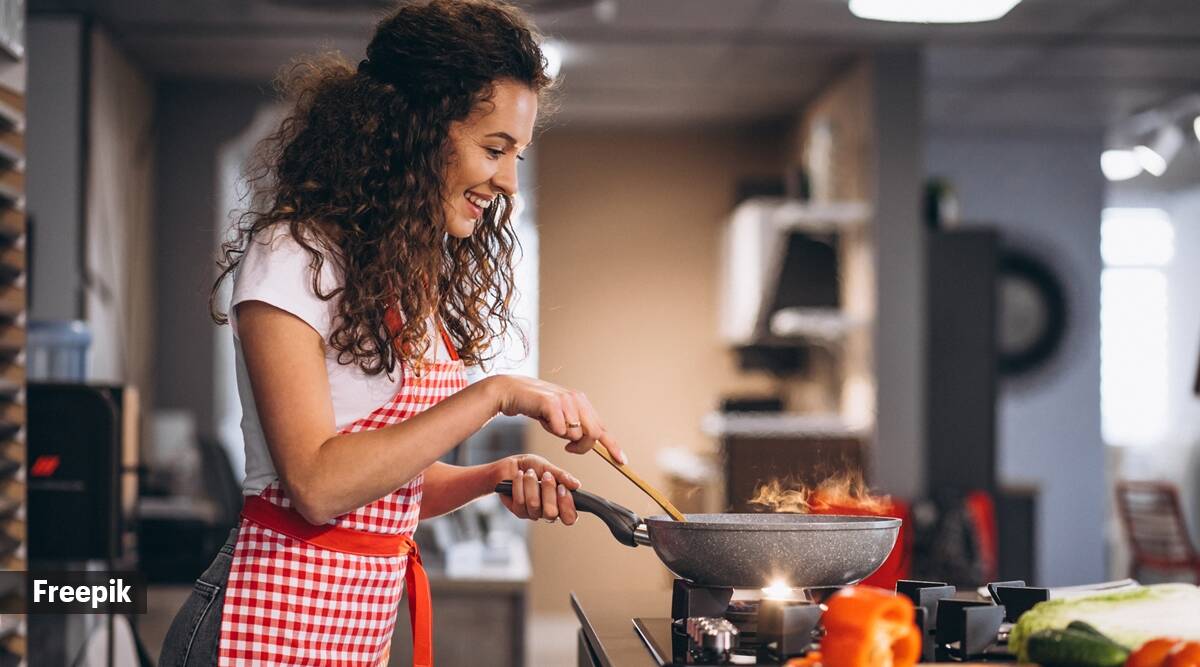For people who prefer easy cooking methods, struggle to find time to spend in the kitchen, or simply don’t possess the required culinary skills, these ready-to-cook options are the perfect way to neither compromise on taste nor depend on restaurant food.
You may love to experiment in the kitchen, but a break from cooking elaborate meals is always welcome, isn’t it? As such, have you ever tried ready-to-cook dishes that are gaining momentum in the country owing to various reasons like — being relatively cheaper, extremely convenient, and available in a variety of options? In fact, according to market research company Technavio, the ready-to-cook market share in India is expected to increase by USD 451.57 million from 2021 to 2026.
For people who prefer easy cooking methods, struggle to find time to spend in the kitchen, or simply don’t possess the required culinary skills, these ready-to-cook options are the perfect way to neither compromise on taste nor depend on restaurant food. Additionally, the pandemic further fueled the shift in demand towards these products, reported Business Wire. “Ready-to-cook food products turned into one of the few industries that witnessed a surge in immense demand during the coronavirus pandemic. With countries on lockdown and most people working from home, ready-to-cook food products were flying off the shelves over the last few months,” it noted.
The same stood true for Pratik Sharma, a 25-year-old working professional from Delhi, who first discovered these food options when he was away from family during the Covid-19 lockdown. “Unfortunately, I don’t know how to cook and was tired of the bland meals I managed to prepare for myself every day. It was then while browsing through an online grocery app, that I discovered these instant mixes and bought a couple of packets of rajma and chhole to try. They took very little effort to make and turned out to be surprisingly delicious,” he told indianexpress.com, adding that he has been “a fan” ever since.
Explaining how various brands tapped into this rising demand, Amit Mange, co-founder and COO, Ceres Foods, said that they launched their ready-to-cook products during the pandemic. “We noticed that the Indo-Chinese cuisine resonates with customer taste palates, which they end up consuming at least twice a week, if not more. And on the other side, we saw demand for specialised Indian curries like laal maas, nalli nihari, rogan josh, etc, that are difficult to execute at home. We quickly identified the opportunity and decided to create an RTC (ready-to-cook) product range for home cooking,” he said.
To understand more, we reached out to nutrition and diet experts to know their opinions on the same. “When talking about the health meter, they are certainly not the best options. The reason being, these mixes are mostly loaded with high preservatives to increase the shelf-life of the product and also contain artificial colours and flavours to make the taste better and original. There can be a no better alternative to freshly cooked food as there is a control of temperature and the cooking time, on the contrary in ready-to-eat mixes it is quite difficult to determine if the time mentioned at the back of the pack is optimum for the food preparation in a healthy manner. Also, re-heating partially cooked food can also cause the loss of various essential nutrients,” Indrani Ghosh, chief dietician, Manipal Hospital, Salt Lake, Kolkata said.
She further explained that added amount of preservative if consumed frequently, can be really bad for the health in the long run. “Risk of diseases such as obesity, high blood pressure, increase in cholesterol level, diarrhoea and cancer get increased,” Ghosh said, adding that in tropical countries like India, where infectious diseases are quite common, there is difficulty in the storage of these food mixes as these meals need to be stored at a lower temperature to keep them fresh for a longer duration, which leads to extra cost.
So, should you completely avoid them? Experts advised following certain measures and consuming these mixes “rarely”.
*Read the labelling and content
*Should be certified by FSSAI
*Check the dates of packaging
*Nutritional information per 100 g or so should be given
*Don’t buy if you are not sure about its quality and safety
*Check the required time and method for cooking
*Place on the top shelf
*Keep safe holding temperature
Ghosh said that “the age group that can consume these products without any problem are mostly the youngsters”, with Himashi Sharma, Senior Dietitian, Indian Spinal Injuries Centre adding that “those with some medical history and health concerns should avoid the consumption of ready-to-cook food products completely”.


